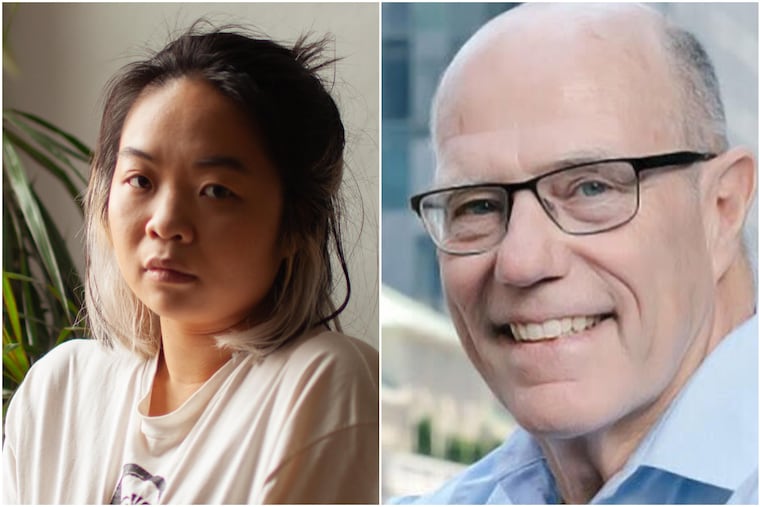‘You can’t forget that it’s still hell inside,’ say the authors of a new visual book on mass incarceration
A Q&A with James Kilgore and Vic Liu, who are coming to Philly to discuss their book, “The Warehouse: A Visual Primer on Mass Incarceration,” on July 23.
